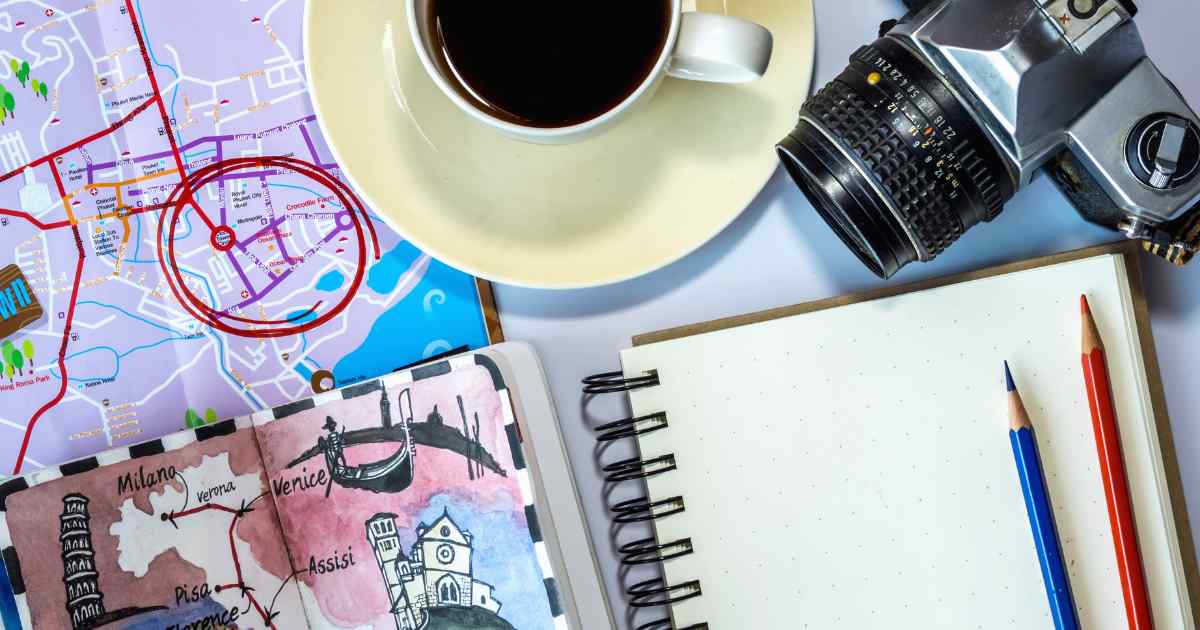The tour begins in the Yellow Drawing Room, previously used as a meeting room for palace staff and where Elizabeth II recorded her Christmas address to the nation in 2004, moving through the 73-metre-long “Principal Corridor” to the Centre Room.
Visitors will not be allowed to stand on the balcony, which is lower than it appears from afar and has wire cables and lighting on its floor.
The royal family appears on Buckingham Palace’s famous balcony after Trooping the Colour in June.Credit: AP
Those who look closely as they walk will see dozens of hidden details which have never been visible before, even in rarely released photographs of the rooms.
At knee height, there are table legs carved to look like Chinese men.
Under a large portrait by Thomas Gainsborough sits a Buddha figure, revealed to be an incense burner which blows smoke from its mouth.
If ticket-holders crouch down, they may spot the figure of a nodding statue of a man under one of the tables.
The style is known as chinoiserie, commissioned to emulate the art and design of China and Japan at a time when it was little known in the West.
Most items were acquired by George IV for Brighton Pavillion, which was sold off in 1850 by Queen Victoria to finance the 1847-1849 construction of the East Wing to accommodate her growing family.
The opulent decor was moved to London via 143 shipments on artillery carts. It transformed the bare walls and corridors of the new wing into a colourful home where images of birds, flowers, butterflies and fish mix with large traditional royal portraits and chandeliers.
Just as Victoria and Albert’s children may have counted the hundreds of gold dragons perched on ceilings, fireplaces, vases and curtain poles, so the new generation of Prince George, Princess Charlotte and Prince Louis can do the same 175 years on.
Loading
Some of the rooms will be familiar to the public via photographs: this week, the West Indies cricket team was hosted in one of the reception rooms, and the late Queen posed for portraits in the Yellow Drawing Room due to its exceptional natural light.
Large decorative pagodas can be found in the corners, with thick curtain poles carved to look like palm trees overhead and flower-patterned carpets below.
Where there were once candles, there are now electric versions which have been rewired in a project that has seen every floorboard taken up and 3500 works of art removed for conservation.
Just a handful of changes have been made over the years, with Queen Mary putting in wallpaper and bringing silk hangings out of storage, but the “vast majority” is unchanged since Prince Albert oversaw original plans.
Loading
Yellow sofas have now been moved back into the drawing room to allow members of the royal family to use it comfortably for receptions and audiences.
Among the conservation work carried out has been the glass chandelier, shaped to resemble a lotus flower, in the Centre Room, along with the 18th-century hand-painted Chinese wallpaper in the Yellow Drawing Room which was removed and cleaned.
Following analysis of historic paint pigments, the walls of the Principal Corridor have been returned to their original green colour scheme.
Tickets for this year’s tours sold out within hours, although if successful it is thought the East Wing could be made a permanent part of the Buckingham Palace tour along with a summer opening that gives entry to 19 state rooms each year.
This year, the tours will finish in the palace ballroom, where a recent portrait of the King by Jonathan Yeo is on temporary display.
The Telegraph, London
Get a note directly from our foreign correspondents on what’s making headlines around the world. Sign up for the weekly What in the World newsletter here.




















Discussion about this post